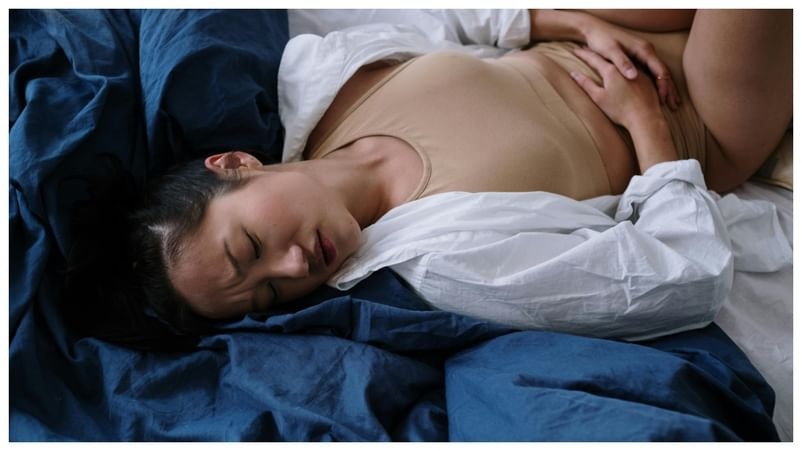
Understanding the Link Between Posture and Menstrual Back Pain
New Delhi: Menstrual cycles bring a range of discomforts, including cramps, fatigue, bloating, and back pain. While these symptoms are well-known, many don’t realize that poor posture can make back pain worse. How you sit, stand, and sleep can either help alleviate discomfort or intensify it.
Dr. Shankar S. Biradar, Medical Director in association with Magniflex India, explains how posture affects back and body pain during periods and shares tips to reduce discomfort.
Why Does Back Pain Worsen During Periods?
Hormonal fluctuations, especially the release of prostaglandins, cause the uterus to contract. These contractions can send pain to the lower back and thighs. Additionally, hormonal changes can loosen ligaments and joints, making the spine more vulnerable to stress. Poor posture puts extra strain on the lower back, worsening menstrual pain.
How Poor Posture Makes Period Pain Worse
- Increased Pressure on the Spine: Slouching or hunching forward strains the lower back muscles and spinal discs, leading to stiffness, inflammation, and worsened pain.
- Weakened Core Muscles: Bad posture disengages core muscles, forcing the lower back to compensate. This imbalance adds stress to an already tense body during periods.
- Restricted Blood Flow: A slouched posture can reduce circulation to the lower back and abdominal muscles, making cramps feel more intense. Good posture helps maintain proper oxygen and nutrient supply, easing discomfort.
- Spinal Misalignment: A misaligned spine can compress nerves, triggering pain. Since menstrual cramps already cause lower body tension, misalignment from poor posture can worsen discomfort.
Posture Tips to Reduce Back Pain During Periods
1. Sit Correctly
- Keep your back straight and shoulders relaxed.
- Support your lower back using a cushion if needed.
- Keep your feet flat on the floor and avoid prolonged leg crossing.
2. Maintain Proper Standing Posture
- Stand with your weight evenly distributed on both feet.
- Avoid leaning to one side or locking your knees, as this can strain the lower back.
3. Use Ergonomic Support
- If sitting for long hours, choose a chair that supports your lower back.
- Adjust screen height to prevent neck and back tension from forward head posture.
4. Sleep in a Supportive Position
- The fetal position can reduce lower back pressure.
- If sleeping on your back, place a pillow under your knees for better spinal alignment.
5. Stretch & Strengthen
- Gentle yoga poses like child’s pose, cat-cow stretch, and pelvic tilts help relieve lower back tension.
- Strengthening core and back muscles improves posture, reducing pain during periods.
Small Adjustments, Big Relief
Bad posture doesn’t just affect daily comfort—it can worsen menstrual back pain. Practicing good posture, moving regularly, and using ergonomic support can ease discomfort and improve overall well-being. Even small changes in how you sit, stand, and sleep can make a big difference, helping you manage period pain more effectively.

 Desk
Desk Share
Share






